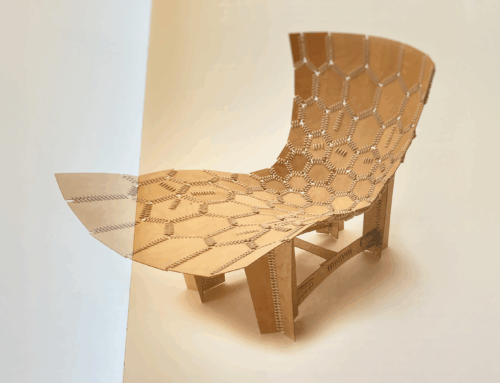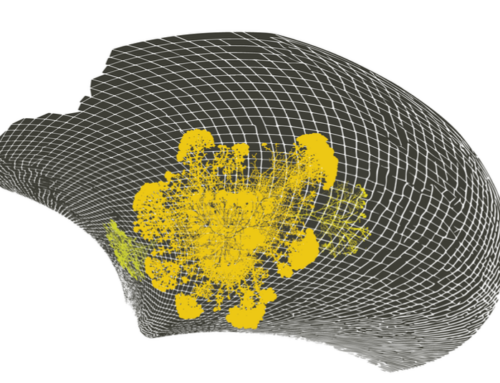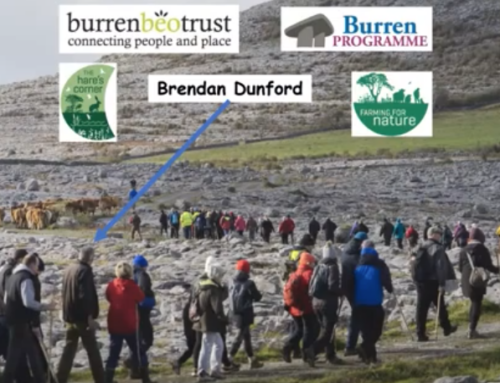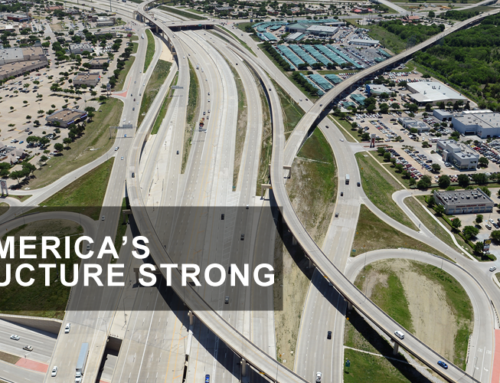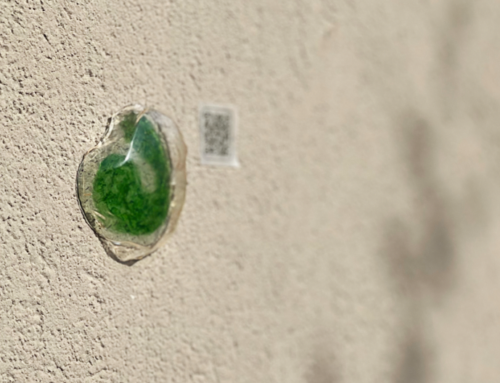The industrial age distracted us from a whole-systems understanding of the world.
Paving over the soil, and filling our lives with media, obscured our interdependency with living systems.
The creation of cities that are habitable for all of life, not just human life, will determine the future relevance of design research.
We must learn to think of the places where we live as ecosystems, not as machines.
We need to embrace biodiversity, and local economic activity, as better measures of a city’s health than the amount of money that flows through it.
And we need to foster new connections between people, and place, to bring new opportunities to life.
Place. Care. Value.
A design research agenda along these lines is already taking shape.
The practices of ecological urbanism, or civic ecology, study how to help living organisms, and their environment, thrive together. They enrich city design with the insights of ecology, botany, climatology, hydrology, geology, and geography.
This ecological approach is not preoccupied by the the concepts of ‘urban’ and ‘rural’ .
On the contrary, it involves care for living systems at a bioregional scale: watersheds, foodsheds, fibersheds and food systems.
By connecting the ‘what is?’, with the ‘what if?’, in diverse contexts, designers and artists are discovering new kinds of value among the social and ecological assets of their bioregion.
Their focus is on making connections, and supporting relationships, at a system-wide scale: in regional food hubs, High Nature Value farming, fibershed and grain chains, biorefining, forest and watershed recovery; civic ecology. land-based learning; code clubs; and the Farm Hack maker movement.
These new activities are diverse, but a green thread connects them: a new story of place that re-connects us with living systems, and each other, in the context of our bioregion.
Growth, in this story, takes on a new meaning as improvements to the health and carrying capacity of the land, the resilience of communities – not just money or GDP.
Value is created in a bioregion by the stewardship of living systems rather than the extraction of ‘natural resources’.
With Place, Value and Care as a frame, a variety of stewardship support tools is needed: tools to measure where resources come from; tools to identify ‘leakages’ in the local economy; tools and platforms to plug these leaks using local skills and resources.
Urban-Rural Reconnection
Most policy makers and planners anticipate a continued one-way migration to cities – but an opposite trend is also emerging: relationships that connect urban and rural people in new ways of working and living.
Projects that embody this cultural shift include: new food distribution models; land-sharing cooperatives; social farming and care farming; ecological restoration; fibershed and grainshed networks; local energy consortiums; the maker and upcycling movement.
The best of these projects are connective: they link the health of soils, to the quality of food; public health, with the health of the land; the biodiversity expertise of scientists, with the citizen science that is popular in schools; and so on.
New sorts of enterprise are needed, too: food co-ops, community kitchens, neighbourhood dining, edible gardens, and food distribution platforms.
New sites of social creativity are called for: craft breweries, bake houses, productive gardens, cargo- bike hubs, maker spaces, recycling centres, and the like.
Business support is needed for platform co-ops that enable shelter, transportation, food, mobility, water, and elder care to be provided collaboratively – and through which, value is shared fairly among the people who make them valuable.
Social infrastructure
New kinds of social infrastructure are needed to support this whole-system approach to territorial development.
Social infrastructure has three dimensions. First, a relational dimension: connecting actors and places. Second, a cognitive-cultural dimension: fostering a shared commitment to the collective well-being of both humans and non-humans. The third dimension is technical: the deployment of networking tools.
A variety of local economy blueprint tools are now available to help designers, citizens and city managers support the emergence new enterprises that enhance life: tools to measure the percentage of food grown locally; the amount of local currency in circulation; the number of businesses locally-owned; the percentage of energy produced locally; the quantity of renewable building materials available; the proportion of essential goods being manufactured within the community.
Technology has an important but supporting part to play as the infrastructure for these new social relationships to flourish.
The re-emergence of gift exchange can be made possible by electronic networks. Mobile devices and the internet of things make it easier for local groups to share equipment and common space, or manage trust in decentralised ways in which money is but one means among many of holding or exchanging value.
New ways of knowing: Knowledge ecologies and scale
Alternative ways of seeking and sharing knowledge are needed, too.
Research into social practices, for example, can reveal unique sources of value in a living local economy.
A region’s history can also be a rich source of inspiration. The sharing or Peer-to-Peer economy has been presented as a novelty in recent times, for example, but solidarity systems have existed for centuries. Ever since water was shared as a common resource 8,000 years ago, people have relied on so-called ‘non-market’ work to raise and educate their families, take care of the land, share resources. and support each other in times of difficulty.
These practices, even when temporarily lost, have enormous potential today. We need to ask: who has cracked a similar question in the past? How might we learn from, or piggyback on, their success?
Urban-rural reconnection also means working differently than we do now – in new ways, with new people, and in new places.
The exploration of a bioregion’s social and cultural assets, for example, can involve a range of skills and capabilities: the geographer’s knowledge of mapping; the biologist’s expertise in biodiversity habitats; the ecologist’s literacy in ecosystems; the economist’s ability to measure flows and leakage of money and resources.
The range of potential tools available is also enormous. The Climate Tech Wiki lists hundreds of mitigation and adaptation technologies – from advanced paper recycling, to urban forestry.
And a biology metrics list on Github lists more than three thousand possibly useful subjects – from molecular phylogenetics, to ecophysiology .
Design has a key role to play in helping us manage the scale and complexity of learning we have to do now.
This work is demanding, but not unprecedented. During the transition from an agricultural to an industrial economy, numerous regional institutions were invented to ease our transition. Many of these can be repurposed to do so again: Folk High Schools developed in the Nordic countries in the nineteenth century; Maisons Familiales Regionaux in France; community colleges in the US.
Other legacy institutions abound: There are more public libraries in the US (120,000) than there are McDonalds, and 1,800 YMCAs (now known as Ys).
Many regional and speciality museums are looking to redefine their role. Thousands of post offices and local shops already act as place-based meeting points; we can use them, too, as hubs in learning networks.
There is also potential for collaboration with friendly and benefit societies: Rotary Clubs, Oddfellows, Lions, Freemasons, and Elks.
Learning in a bioregion – and between them – can also be inspired by the ways people in the software world find what they need on a day-to-day basis.
Design can be a bridge between urban rural innovation and the ways software people ask each other, in real time.
The Tech For Good community, for example, keeps up to date on GitHub. Platforms like this can work well for a bioregion’s knowledge infrastructure, too – but they need to be designed.

